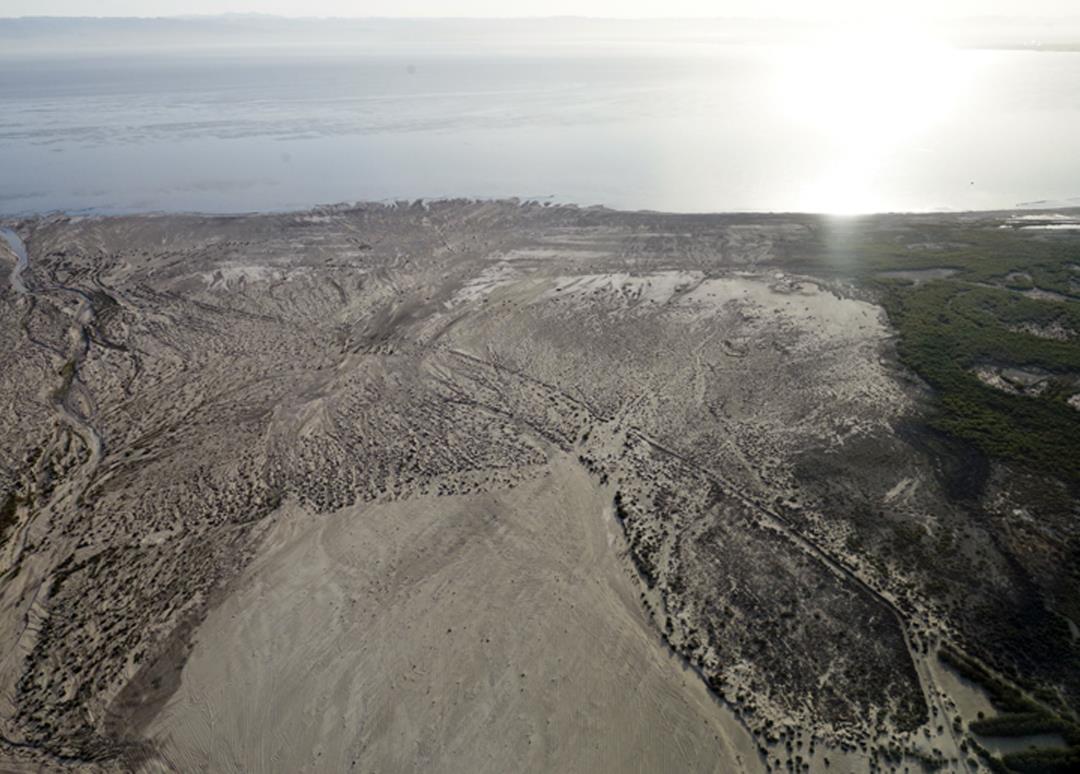Scientists have been puzzled for years over why the southern section of the San Andreas fault in California has not experienced a major earthquake of magnitude 7 or higher in over 300 years. However, researchers have now discovered that the fault’s seismic silence may be due to the absence of high water levels on Lake Cahuilla, which disappeared centuries ago. A new study published in Nature suggests that the lake previously enabled the North American and Pacific tectonic plates to move against each other with less friction. A computer model supported this theory and showed that the lake was sufficient to trigger large events on the southern San Andreas fault. However, once the lake dried up, the fault became more stabilised. There is talk of refilling the present-day Salton Sea, once formed from an irrigation canal, as it continues to dry up and leave behind toxic dust. While this measure may seem like a solution, researchers warn that it could potentially stimulate seismicity, particularly as stress has already accumulated on the fault. The US Geological Survey has warned of a high chance of a major earthquake occurring in the region within the next 30 years.
Denial of responsibility! VigourTimes is an automatic aggregator of Global media. In each content, the hyperlink to the primary source is specified. All trademarks belong to their rightful owners, and all materials to their authors. For any complaint, please reach us at – [email protected]. We will take necessary action within 24 hours.


